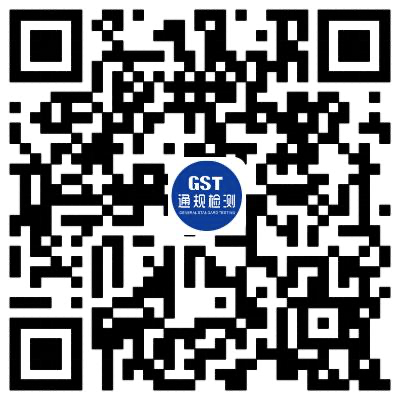The European Union has begun tightening controls on toxic and hazardous substances found in 33 textile products
The European Union (EU) will tighten controls on toxic and hazardous substances in 33 types of textiles starting from November 2020, according to regulations issued by the EU.The 33 toxic and harmful substances are thought to be carcinogenic, mutagenic and toxic to reproduction.These substances include four extractable heavy metals including lead, cadmium, arsenic and hexavalent chromium, as well as organic compounds such as phthalates, polycyclic aromatic hydrocarbons and formaldehyde.
Extractable heavy metal elements
Different from the other items in Annex 17 of REACH, the four heavy metals under strict control this time are extracted content, rather than total content.The contents of the four heavy metals after extraction should not exceed 1 mg/kg.This means companies will have to spend more money to improve materials and production processes to ensure that the products comply with regulations, or face serious legal consequences.
Phthalates
In addition to the 4 kinds of phthalates under the control of Article 51 of Annex 17 of REACH, the control requirements of another 5 kinds of phthalates are also added this time.The individual or total content of each phthalate shall not exceed 0.1%.According to the U.S. Centers for Disease Control and Prevention, rodents exposed to high doses of phthalates have altered hormone levels and caused birth defects.
Polycyclic aromatic hydrocarbons,
Compared with the control of PAHs in Annex 17 of REACH, this time not only increases the types of controlled substances, but also expands the range of materials, namely, from rubber and plastic materials before to all materials at present.The content of PAHs in homogeneous materials such as textiles and footwear should not exceed 1mg/kg.In addition, the content of benzene in textiles should not exceed 5mg/kg
formaldehyde
Previously, there was no requirement on the control of formaldehyde in textiles listed in Annex 17 of REACH. After the stricter control this time, the content of formaldehyde in textiles and footwear materials should not exceed 75mg/kg.This requirement is the same as that of China's textile standard GB 18401-2010 for formaldehyde content of products in direct contact with skin.
REACH is a chemical regulation of the European Union, which aims to protect human health and natural environment from the possible hazards of chemicals, and at the same time to improve the competitiveness of the EU chemical industry.To comply with the regulation, companies must identify and manage the risks of substances they manufacture and sell in the EU.
At present, EU countries are strengthening the control of all kinds of imported products, not only in the customs checkpoints, but also in the market and even on the e-commerce platform sampling inspection of goods, a large number of illegal products will be investigated every year.Products that are seized are not only taken off the shelves, notified to EU countries, but also required to be recalled and destroyed.
GST reminds relevant enterprises to pay attention to the environmental protection laws and regulations of the European Union and other countries in order to meet the latest legal requirements and avoid legal disputes. You can also follow our WeChat official account. We will update the laws and regulations of different countries as soon as possible.
GST has a professional technical team that can track the latest developments of regulations and standards and help you develop the most comprehensive and economical compliance plan.If you have any questions about REACH or other product compliance, please feel free to contact us.
标题文字四

Follow WeChat
Learn the latest news

0755-36307999

Floor 1-5, Building C10, Xin'an Second Industrial Zone, Guxiang, Xixiang, Baoan District, Shenzhen


